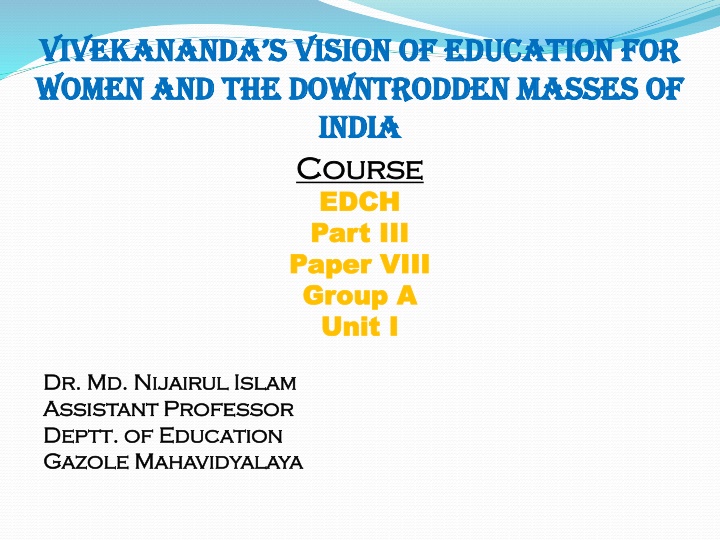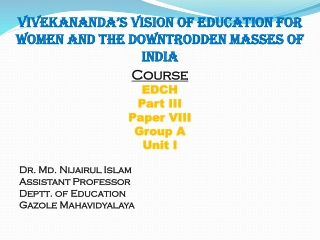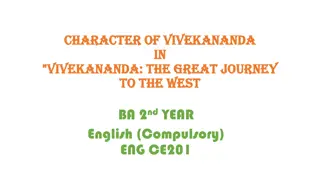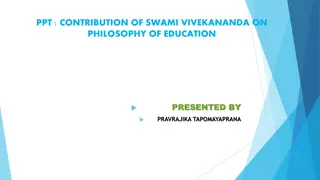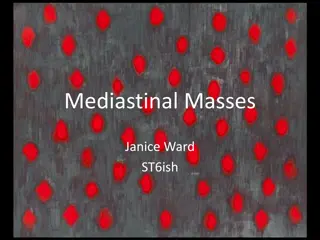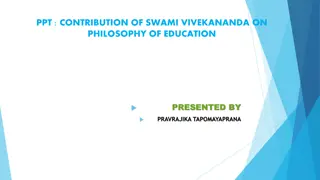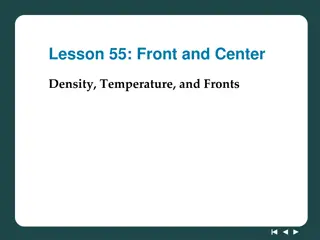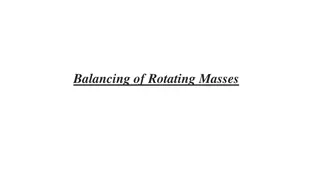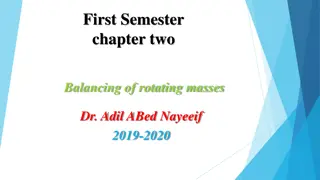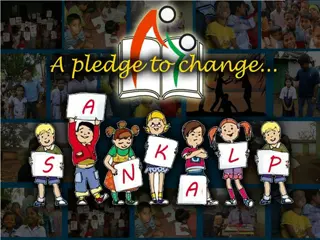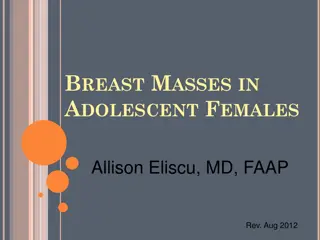Vision of Education for Women and the Underprivileged Masses in India by Swami Vivekananda
Swami Vivekananda emphasized the importance of education for women and the underprivileged masses in India. He believed in character-building, empowerment, and holistic education to uplift society. Vivekananda's vision advocated for providing education to all members of society, regardless of their socioeconomic status. Through education, both women and the underprivileged masses could be empowered to contribute positively to the nation's growth and development.
Download Presentation

Please find below an Image/Link to download the presentation.
The content on the website is provided AS IS for your information and personal use only. It may not be sold, licensed, or shared on other websites without obtaining consent from the author.If you encounter any issues during the download, it is possible that the publisher has removed the file from their server.
You are allowed to download the files provided on this website for personal or commercial use, subject to the condition that they are used lawfully. All files are the property of their respective owners.
The content on the website is provided AS IS for your information and personal use only. It may not be sold, licensed, or shared on other websites without obtaining consent from the author.
E N D
Presentation Transcript
ViVekanandas ViVekananda s Vision of Education for Vision of Education for Women and the Downtrodden Masses of Women and the Downtrodden Masses of India India Course Course EDCH EDCH Part III Part III Paper VIII Paper VIII Group A Group A Unit I Unit I Dr. Md. Nijairul Islam Dr. Md. Nijairul Islam Assistant Professor Assistant Professor Deptt Deptt. of Education . of Education Gazole Gazole Mahavidyalaya Mahavidyalaya
Vivekanandas concept of education in a nutshell Vivekananda defined education as the manifestation of the perfection already in man (C.W. , IV, 1966,). Education enables one to form character, increase strength of mind, expand intellect and stand on one s feet (C.W., V, 1970). Education is not the amount of information that is put into your brain and runs riot there, undigested, all your life we must have life- building, man-making, character-making assimilation of ideas (C.W., III, 1969).
Concept of women education In the times of Vivekananda, education was not easily available to women. He said that education must embrace the whole society, with special attention to women who are most in need of it. He quoted Manu to assert that daughters should be supported and educated with as much care and attention as the sons (C. W., V, 1970). For women, problems can be many but none that cannot be solved by that magic word education . Educate, educate , he exhorted his disciple, than this there is no other way (C. W., VI, 1968).
Concept of women education (contd.) Women must be educated, for it is the women who mould the next generation, and hence, the destiny of the country. Education would make them strong, fearless, and conscious of their chastity and dignity. He was sure that the womenfolk could be empowered through education. Women would study drawing, modelling, painting and other fine arts, religion, housekeeping, cooking, sewing, hygiene, etc. along with japa, worship and meditation. They should even learn self defence technique (C. W., VII, 1970). rudiments of science,
Concept of education for underprivileged masses In the times of Vivekananda, education was not for the masses; it was confined to the well to do persons only. He felt that the neglect of the masses was the main cause of national plight. The democratic principle that an ideal society should provide the resources as well as the opportunity for each of its members to develop his or her potential to the maximum was asserted by Swami Vivekananda more than a century ago. In Swamij s educational scheme for India, the upliftment the masses through education received the highest priority.
Concept of education for underprivileged masses (contd.) Swamiji said, a nation is advanced in proportion as education and intelligence is spread among the masses. If we are to rise again, we shall have to do it in the same way, i.e., by spreading education among the masses (C. W., IV, 1966). He said, Why should not education go from door to door, say I . . . . If a ploughman s boy cannot come to education, why not meet him at the plough . . .just wherever he is ? said Swamiji (C.W., VIII, 1964). He suggested to give the masses ideas in their mother tongue and spread a cult of learning among them to sustain the education they received. He emphasized the need for giving them training in life skills, trade, commerce and agriculture.
How far Swamijis dream has come true Women are 48.6% of the total population of the country (census, 2011). SCs constitute 21.87%, STs 8.6% (NSSO, 2009-10) and OBCs form 40.94% of Indian population (NSSO, 2006). A large chunk of women and the masses mostly belonging to scheduled caste (SC), scheduled tribe (ST) and other backward classes (OBC) are still uneducated. Overall rate of female literacy in India is 65.46% (census, 2011) though in secondary, higher secondary and higher education level their gross enrolment ratio (GER) stands at 46%, 45% (NCERT, 2009) and 16% (FICCI Report, 2012) respectively.
How far Swamijis dream has come true (contd.) In 2007-08, at the secondary stage, GER for SC population was 52.64%; in higher secondary stage it was 27.91% (MHRD-2007-08) and 11.6% in higher education (FICCI Report, 2012). For STs, the figures were 43.27%, 20.33% and 7.7% respectively for the same stages. Only 14.8% of the OBCs have access to higher education (MHRD-2007-08 and FICCI Report, 2012).
Relevance of Swamijis vision The present concerns of UNESCO in favour of the poor and destitute masses and especially women, to reduce poverty and to eliminate discrimination against women was voiced by Vivekananda years ago. The education policy adopted by the Indian Government for equality of opportunities for all and for empowerment of women through education has been saturated by his dream. The seed of right of children to free and compulsory education, guaranteed by the Constitution of India through RTE Act-2009, could be found in Vivekananda s vision of education.
Relevance of Swamijis vision (contd.) His idea of continuous or lifelong education has given birth to a new hope for the underprivileged masses. Now it is a national demand that for a sustainable regeneration of India, top priority must be given to educating the masses and restoring to them their lost individuality. Vivekananda envisioned that educated women would prepare a new generation of people who would contribute positively in building the nation. The UN Development Goals (2000) education as the key to women empowerment for the same reason. upliftment of the also acknowledged
References Census of India (2011). GOI. Complete Works of Swami Vivekananda, III (1969). Calcutta:AdvaitaAshrama, p.-302. Complete Works of Swami Vivekananda, IV (1966). Calcutta: Advaita Ashrama, pp.-358, 482. Complete Works of Swami Vivekananda, V (1970). Calcutta: Advaita Ashrama, pp.-26, 342. Complete Works of Swami Vivekananda, VI (1968). Calcutta:AdvaitaAshrama, p.- 494. Complete Works of Swami Vivekananda, VII (1970). Calcutta: Advaita Ashrama, pp.- 147-148, 274-275, 342. Complete Works of Swami Vivekananda, VIII (1964). Calcutta: Advaita Ashrama, pp.- 88-89. FICCI (Federation of Indian Chamber of Commerce and Industry) Report (2012). Higher Education Summit. Higher Education in India: Twelfth Five Year Plan (2012-17) and Beyond. MHRD (2007-08). Selected Educational Statistics, GOI. National Sample Survey Organization (2006). GOI. National Sample Survey Organization (2009-10). Primary Data, GOI. NCERT (2009). All India School Education Survey (8th AISES), GOI. United Nations (2000). UN Millennium Development Goals. World Summit, United Nations Headquarters: NY.
THANK YOU THANK YOU
